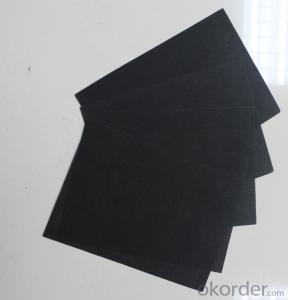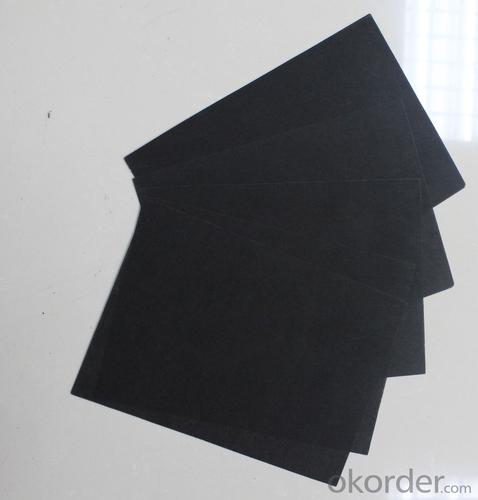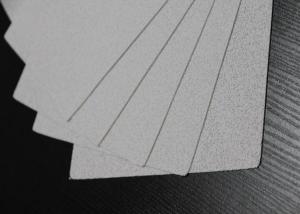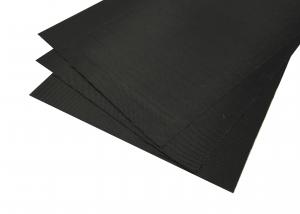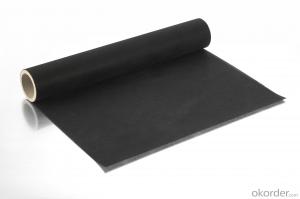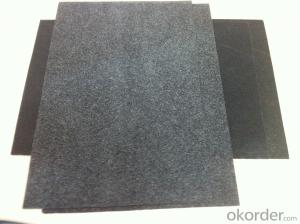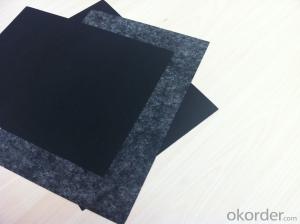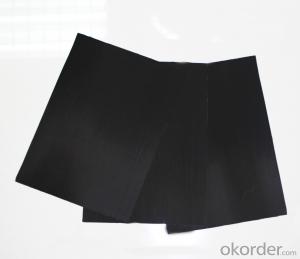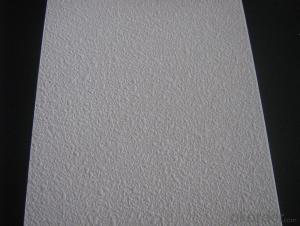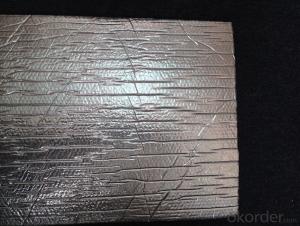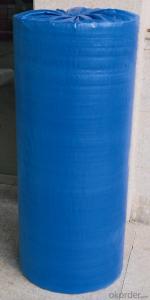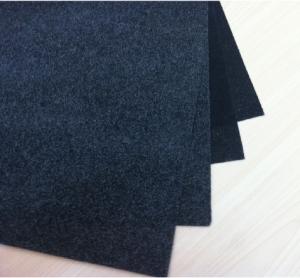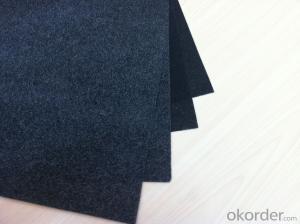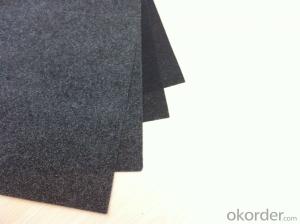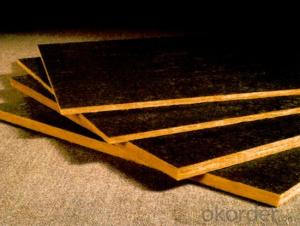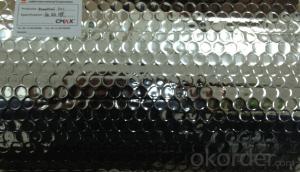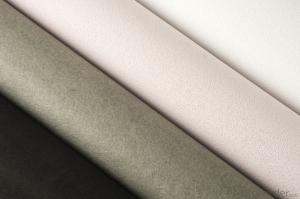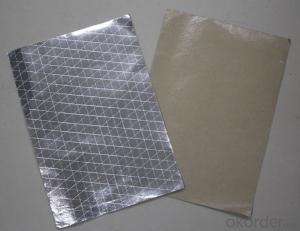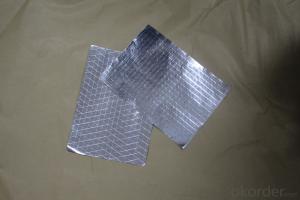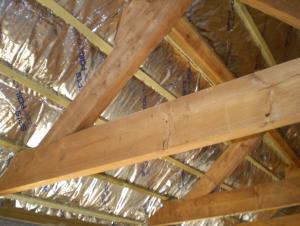Fiberglass Facing Ceiling Black Fiberglass Tissue-65e
- Loading Port:
- Shanghai
- Payment Terms:
- TT OR LC
- Min Order Qty:
- 500 m²
- Supply Capability:
- 100000 m²/month
OKorder Service Pledge
OKorder Financial Service
You Might Also Like
Introduction of Fiberglass Tissue
Fiberglass Tissue is a kind of facing, which is made of by the white fiberglass tissue, and special production process.
Application of Fiberglass Tissue
Our black tissue are mainly used as facing for glass wool insulation, rockwool, mineral wool etc. Also fiberglass tissue facing is used under roof decking, under attic rafters, over existing attic thermal insulation, in floors, walls and crawl spaces, and in industrial and commercial buildings to block radiant heat coming into house through the roof during the summer and retain indoor heat generated during in winter
Advantage of Fiberglass Tissue
Light weight
• High manufacturing accuracy
• High strength
• Heat resistant, water proof, stable at high temperature;
• Environmentally friendly, no smell and not-toxic;
• Smooth and clear surface;
Packing of Fiberglass Tissue
1. Waterproof paper then PVC shrinking Film
2. Water-Proof film only
3. Woven cloth
4. Kraft paper or Water Proof Film then Metal/wooden pallet
5. (Also as your request. )
Specification of Fiberglass Tissue
Specification | ||
ITEM | UNIT | VALUE |
Weight | g/m2 | 160 |
Thickness | mm | 0.2 |
Density | /cm | 12×12 |
Oxygen Index Number | % | ≥32 |
Tensile Strength MD | n/125px | 800 |
Tensile Strength CMD | n/125px | 500 |
Fire Resistant Property | B1 | |
Pictures of Fiberglass Tissue
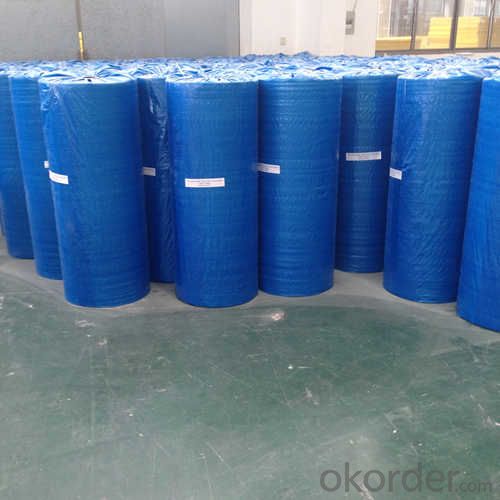
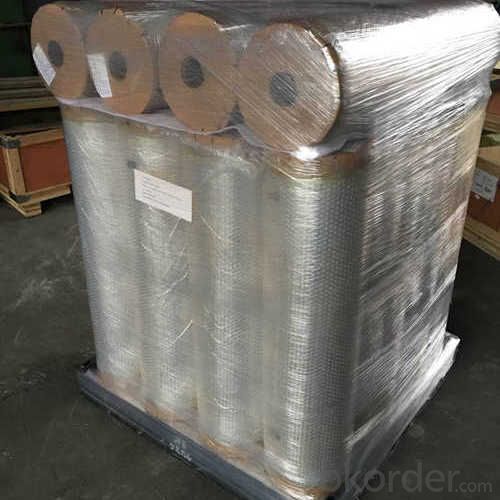
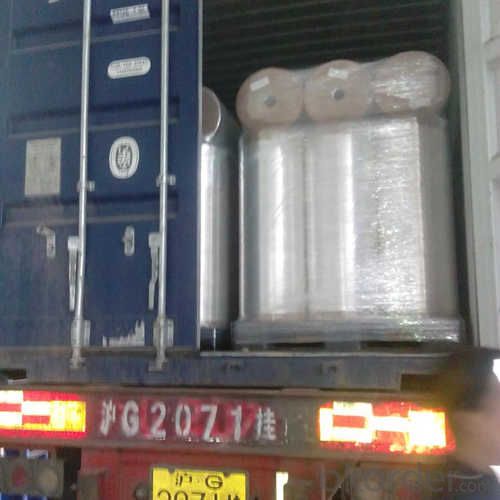
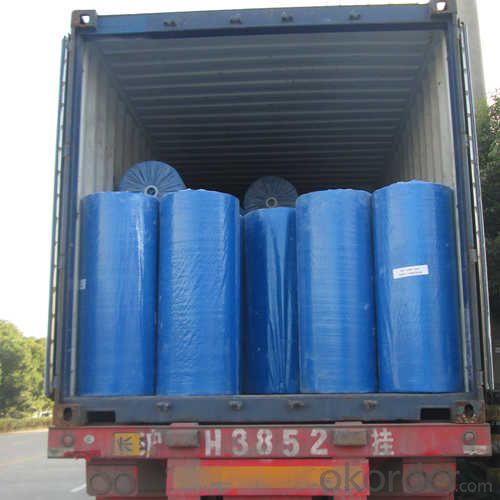
FAQ
We have organized several common questions for our clients,may help you sincerely:
1. What is the storage condition?
The Aluminum Foil Facing should be stored at room temperature and kept from wet and heat source.
2. How to guarantee the quality of the products?
We have established the international advanced quality management system,every link from raw material to final product we have strict quality test;We resolutely put an end to unqualified products flowing into the market. At the same time, we will provide necessary follow-up service assurance.
3. How long can we receive the product after purchase?
In the purchase of product within four working days, we will arrange the factory delivery as soon as possible. The specific time of receiving is related to the state and position of customers. Commonly 7 to 10 working days can be served.
- Q: This question asks for a comparison of different types of black fiberglass tissues, focusing on their unique characteristics and applications.
- <p>Black fiberglass tissues, also known as black glass fabrics, can vary based on their weave patterns, fiber types, and treatment processes. Some common types include plain weave, twill weave, and satin weave, each offering different strengths and flexibility. The fiber itself can be E-glass, S-glass, or other types, impacting the fabric's strength and heat resistance. Surface treatments like resin or silicone can affect the fabric's surface properties, making it more suitable for specific applications such as electrical insulation, thermal protection, or reinforcement in composite materials. Each type is chosen based on the required mechanical properties, chemical resistance, and environmental conditions it will face.</p>
- Q: This question asks about the positive environmental impacts associated with the use of black fiberglass tissue.
- <p>The environmental benefits of using black fiberglass tissue include its high resistance to UV radiation, which prolongs its lifespan and reduces waste. It's also lightweight, reducing transportation emissions. Black fiberglass tissue is often used in solar panel backings, aiding in energy production and reducing reliance on fossil fuels. Additionally, it's recyclable, contributing to a circular economy and reducing landfill waste. Its durability and resistance to harsh weather conditions also mean fewer replacements are needed, further minimizing environmental impact.</p>
- Q: Can black fiberglass tissues be utilized in the creation of decorative elements for outdoor use?
- <p>Yes, black fiberglass tissues can be used to create decorative elements for exteriors. Known for their durability and resistance to weather conditions, fiberglass materials are ideal for outdoor applications. They can be molded into various shapes and designs, offering a modern and sleek aesthetic. However, it's important to ensure that the fiberglass is treated with UV inhibitors to prevent fading and degradation from prolonged sun exposure. Proper installation and maintenance are also crucial to prolong the life and appearance of these decorative elements.</p>
- Q: Are there any black fiberglass tissues specifically formulated for individuals with sensitive skin?
- <p>Yes, there are specific types of black fiberglass tissues designed for sensitive skin. These products are often made with gentler materials and are hypoallergenic to minimize irritation. They may also be fragrance-free and dermatologically tested to ensure they are suitable for those with sensitive skin. It's important to look for products that are labeled as suitable for sensitive skin when choosing black fiberglass tissues.</p>
- Q: How does fiberglass facing improve insulation?
- By adding a layer of fiberglass facing, the insulation material is improved as it receives an extra layer of protection. This facing acts as a barrier, preventing the entry or escape of air and moisture from the insulation. This not only helps maintain the desired temperature inside the insulated area but also prevents the growth of mold or mildew. Moreover, the facing strengthens and increases the durability of the insulation, making it more resilient against damage and ensuring its longevity. Additionally, it enhances the fire resistance of the insulation, providing an additional level of safety. Overall, the fiberglass facing enhances the insulation's thermal performance, resistance to moisture, durability, and safety.
- Q: This question asks for guidance on selecting the appropriate type of black fiberglass tissue for a specific application.
- <p>To choose a suitable type of black fiberglass tissue for your application, consider the following factors: 1) Mechanical properties: Assess the required strength, flexibility, and durability. 2) Thermal resistance: Determine the temperature range your application will encounter. 3) Chemical resistance: Identify any chemicals the tissue will come into contact with and ensure compatibility. 4) Electrical properties: If electrical insulation is needed, check for dielectric strength and resistivity. 5) Optical properties: Black fiberglass may be used for light blocking or aesthetic purposes; consider the desired level of opacity. 6) Environmental conditions: Factor in exposure to moisture, UV radiation, or other environmental stressors. Consult product data sheets and manufacturer recommendations to find a material that meets these criteria for your specific application.</p>
- Q: This question asks for a comparison between black fiberglass tissue and other construction materials, focusing on their properties and applications.
- <p>Black fiberglass tissue, also known as black glass fiber tissue, is a type of composite material made from glass fibers and resin. Compared to other building materials, it offers several advantages. It is lightweight, which reduces the load on structures, and has high tensile strength, making it durable. It is also resistant to corrosion and has good thermal insulation properties. Unlike some materials, it doesn't conduct heat or electricity, which can be beneficial in certain applications. However, it is more expensive than traditional materials like wood or concrete and requires special handling due to the potential health risks associated with the fine fibers. It's commonly used in roofing, insulation, and other applications where its unique properties are beneficial.</p>
- Q: Roof waterproof general use of what materials
- 1. EPDM rubber waterproofing membrane: cold sticky or self-adhesive method. 2. Chlorinated polyethylene waterproofing membrane: cold sticky method. 3. PVC waterproofing membrane: cold sticky method. 4. Chlorinated polyethylene - rubber blend waterproofing membrane: cold sticky method. 5. EPDM - polyethylene blend waterproofing membrane: cold sticky method. 6. Polyurethane waterproof coating: reactive cold construction. 7. Acrylic waterproof coating: cold construction, can be scraping, can be, can be sprayed, but the construction temperature needs to be higher than 4 ℃ when the film.
- Q: Is it possible to utilize black fiberglass tissues for domestic cleaning purposes?
- <p>Black fiberglass tissues are not typically recommended for household cleaning tasks. Fiberglass, especially when in a loose or frayed state, can be abrasive and may scratch surfaces. It can also leave behind fibers that are difficult to remove. For cleaning, it's better to use materials specifically designed for the purpose, such as microfiber cloths, which are gentle on surfaces and effective at picking up dirt and dust without scratching.</p>
- Q: Is it possible to recycle black fiberglass materials without causing damage to them?
- <p>Yes, black fiberglass tissues can be recycled without damaging them, but the process requires specific methods. Specialized facilities are equipped to handle the recycling of fiberglass materials, including colored ones. They use techniques such as shredding and melting to separate the glass fibers from other components and reuse them in new products. It's important to note that not all recycling facilities may accept black fiberglass due to the dye, which can complicate the recycling process. Proper segregation and recycling guidelines should be followed to ensure the materials are handled correctly and without damage.</p>
Send your message to us
Fiberglass Facing Ceiling Black Fiberglass Tissue-65e
- Loading Port:
- Shanghai
- Payment Terms:
- TT OR LC
- Min Order Qty:
- 500 m²
- Supply Capability:
- 100000 m²/month
OKorder Service Pledge
OKorder Financial Service
Similar products
Hot products
Hot Searches
Related keywords
